Today the global beauty industry is worth $532 billion and our demand for things to improve our looks feels like it has never been bigger. But the wish to look our best is as old as history itself, and people in the past were just as eager to go great lengths to fit beauty standards of the time. And trust me, they were heckin’ weird. Like weird squared.
The TikToker Zachary Margolis has collected some of the most eyebrow-raising, obscure, over-the-top and plain dangerous historical beauty trends that he shared in a series of viral videos for his “Offbeat History” account.
From Romans whitening their teeth with urine to 18th-century women sculpting their enormous wigs with lard, it makes you wonder whether today’s beauty favorites like the ‘no makeup’ makeup look, laminated brows, and brightly colored hair will look just as freaky in hundreds of years.
@offbeathistory Obscure Beauty Trends ?Do not try these at home. #makeuproutine #beautytips #learn
♬ Blue Blood - Heinz Kiessling & Various Artists
#1
In the 18th century, before invention of hairspray, women would use lard to sculpt their wigs. Yes, lard. One of the downsides is that the wig would become a literal rat's nest. Sometimes rats would live in the wig for weeks. Women had to sleep with cages around their heads to keep the rats away.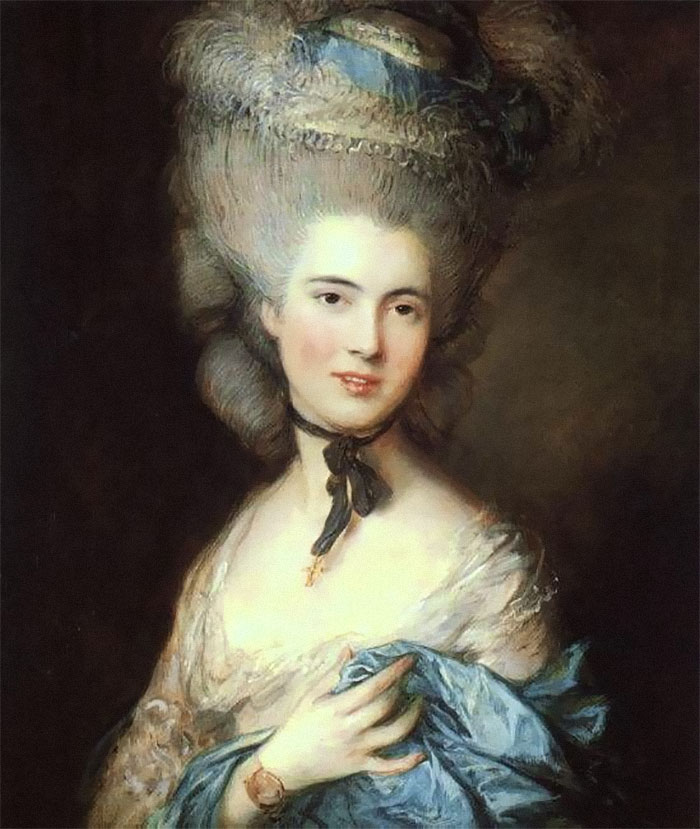
Image credits: offbeathistory
#2
To white their teeth, Romans would rinse their mouth with urine. Specifically urine shipped in from Portugal.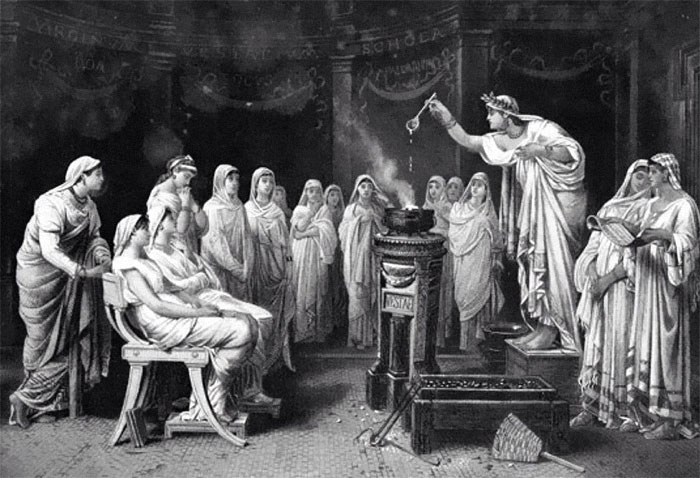
Image credits: offbeathistory
#3
In pre-revolution France, accentuated veins were all the rage. Some people would color their veins with blue pencil to make them pop. Others would use leaches to make their veins more noticeable.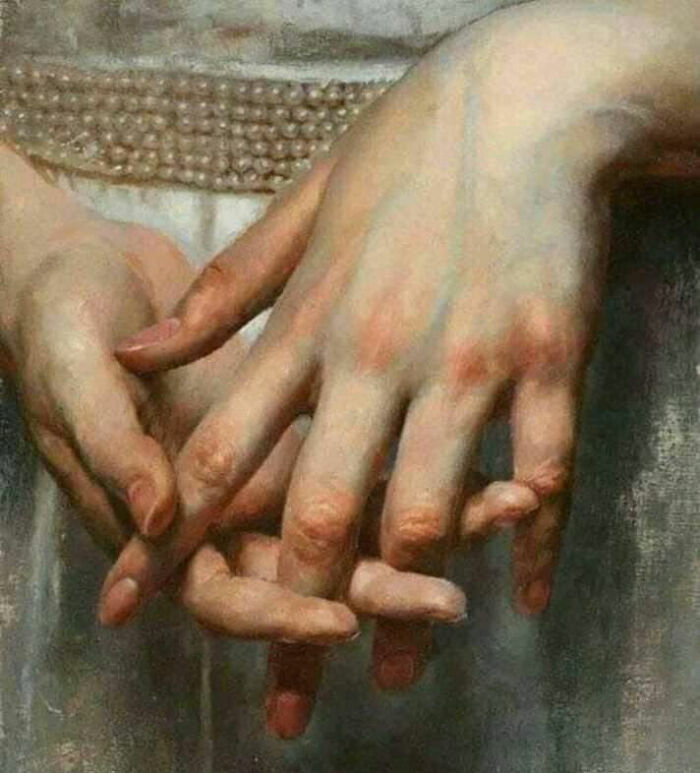
Image credits: offbeathistory
#4
In the middle ages the forehead was considered the most beautiful part of the woman's face. Many women removed their eyelashes to accentuate their foreheads. They also plucked their hairlines and eyebrows to achieve a long and oval face.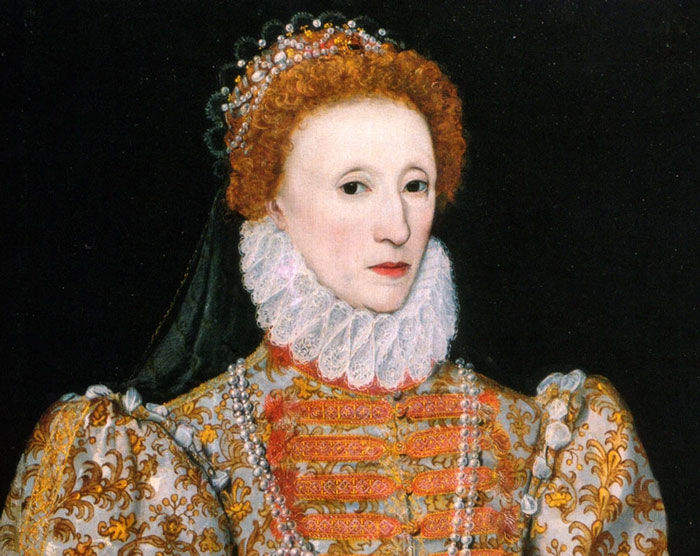
Image credits: offbeathistory
#5
In the 19th century many women ate deadly arsenic wafers to whiten and even out their complexions. Some of the side effect include cancer, baldness, epilepsy. In 1902 you could actually buy arsenic wafers from Sears.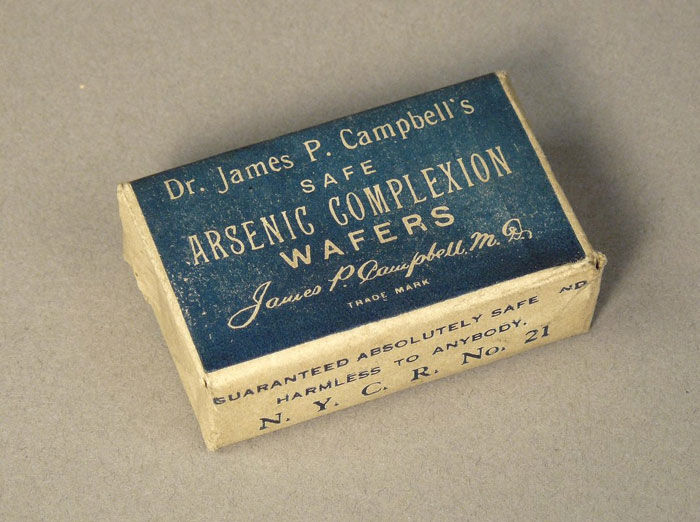
Image credits: offbeathistory
#6
In the 1800s, eyelash transplants were all the rage. A specialist would sow the hair directly into the eyelid with a needle.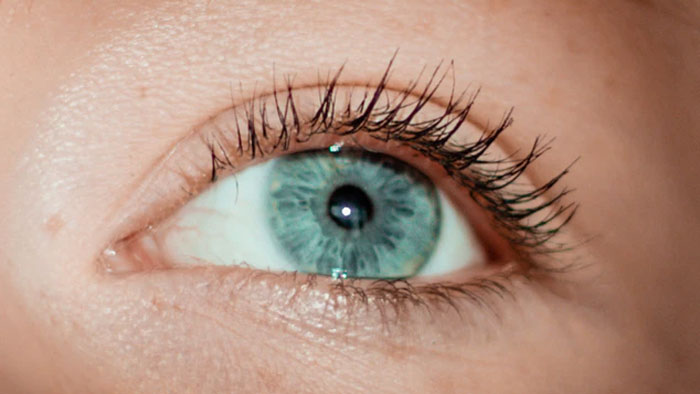
Image credits: offbeathistory
#7
In 1936, Isabella Gilbert invented the Dimple-Maker. The machine consisted of a spring that fit around the face and two tiny knobs that pressed into the cheeks. I don't know what Isabella was thinning but the machine didn't work.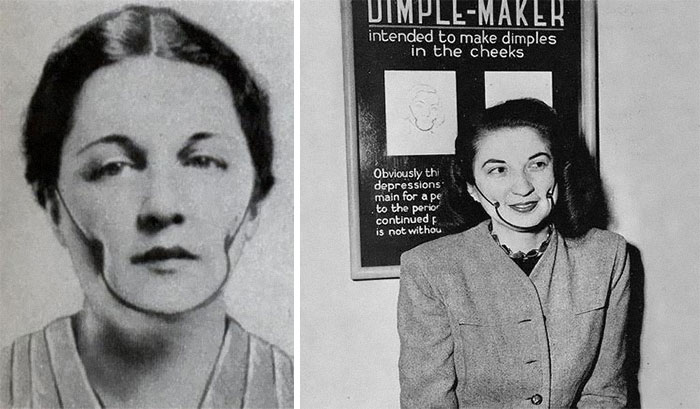
Image credits: offbeathistory
#8
In ancient Greece the uni-brow was considered the sign of purity and intelligence. It was ideal to have eyebrows that melded together in the middle. Some women would darken their eyebrows with powder, while others would wear fake eyebrows made from goat's hair.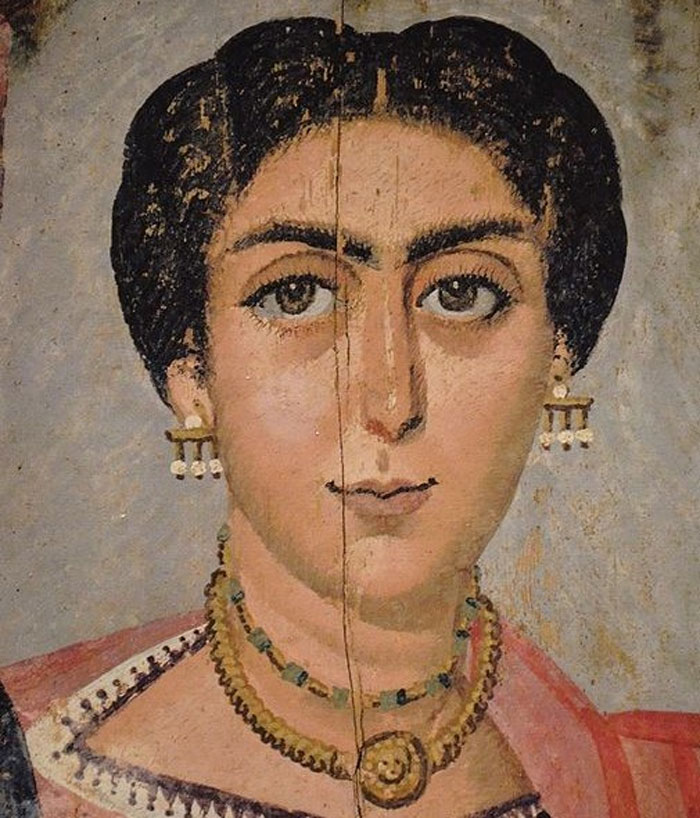
Image credits: offbeathistory
#9
In ancient Rome many women would moisturize with the sweat of gladiators. Whiles of sweat were sold as souvenirs outside the fights. The sweat was thought to be an aphrodisiac.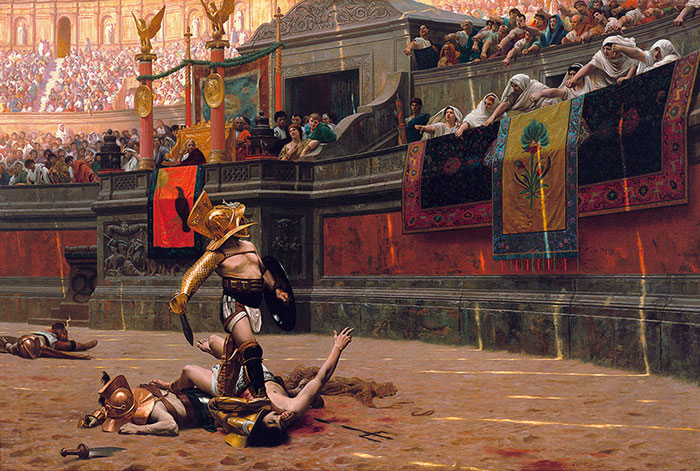
Image credits: offbeathistory
#10
In the mid-1920's, a bronze, suntanned complexion became popular after Coco Chanel fell asleep on her yacht on the French Riviera. The suntan became a status symbol for a person who could afford sunny vacations, especially for those privileged enough to travel during the winter.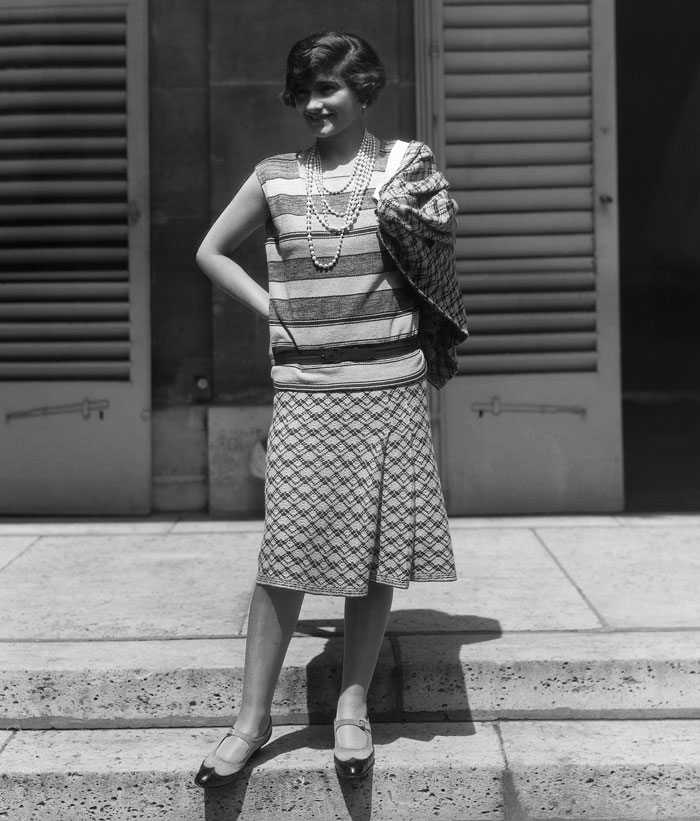
Image credits: offbeathistory
#11
During the Japanese Edo period, blackened teeth were popular amongst aristocrats and married women. Blackened teeth were considered a sign of beauty and the practice helped preserve teeth into old age. In 1870, this practice was banned by the Japanese government. Blackening teeth wasn't just popular in Japan, and some people still practice this today.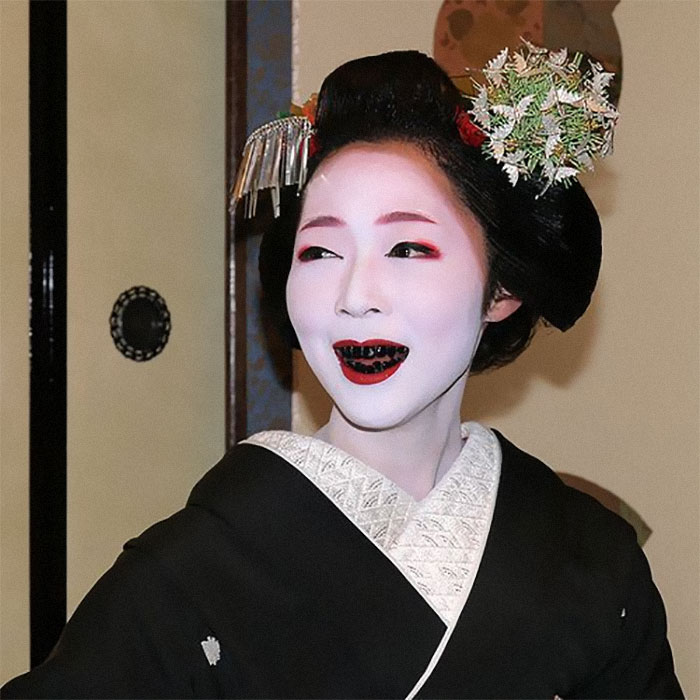
Image credits: offbeathistory
#12
Shortly after the invention of the x-ray machine, people used the machine to treat acne, eczema and for hair removal. Some of the side effects included atrophy, ulcerations, and cancer.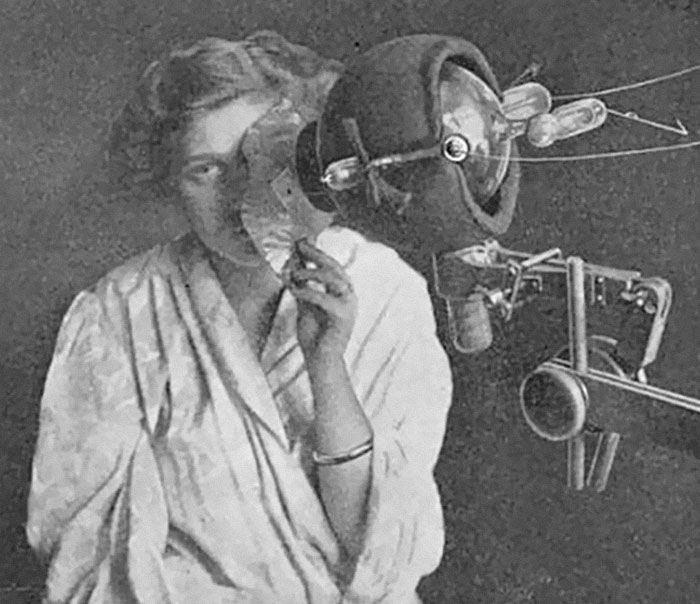
Image credits: offbeathistory
#13
In the 1400s, Italian women wanted to have thin lips that were barely there. The paintings at the time didn't highlight or emphasize the lips in any way.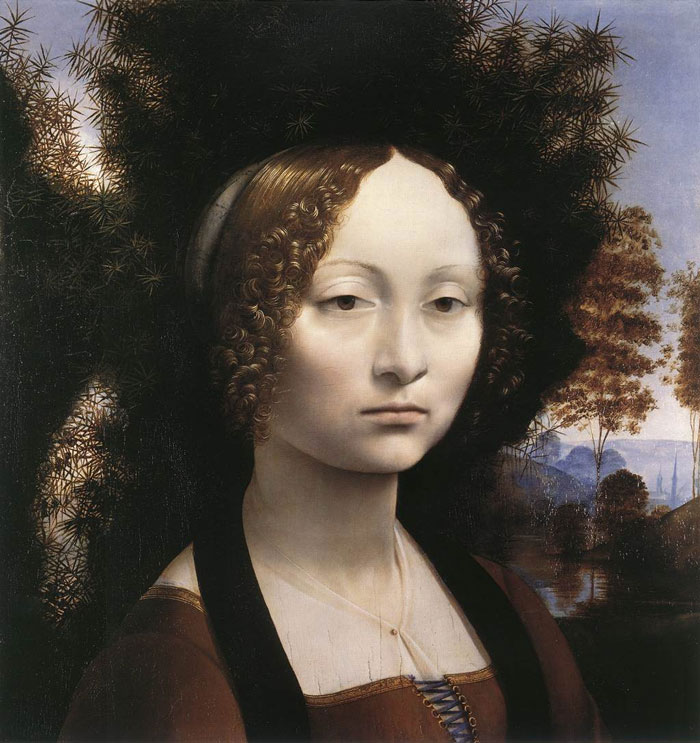
Image credits: offbeathistory
#14
In the 1920s the portable hair dryer came on to the market. This was a more convenient alternative to the bulky hair dryers of the time. The device was very dangerous though and would cause burns, electrocutions, and death.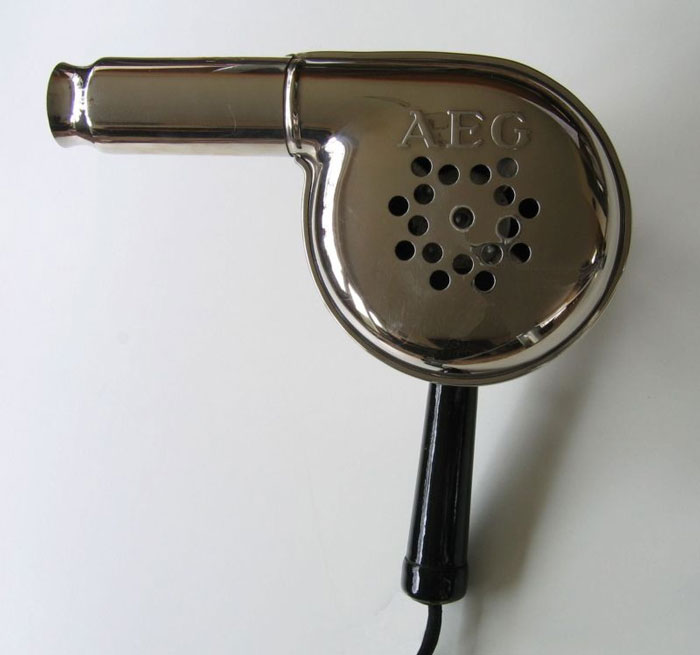
Image credits: offbeathistory
#15
In the 1920s, people wanted fuller, rounder and healthier faces. To help achieve this look, blush was applied in round circles.
Image credits: offbeathistory
from Bored Panda https://bit.ly/2TbVBQl
via Boredpanda